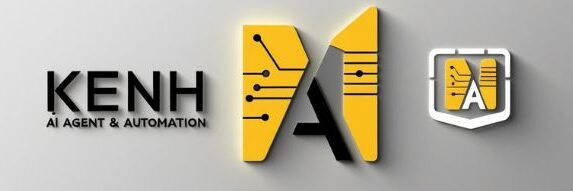AI News Today: AI Workflow Trends for Q3 2025
Introduction
As we move into Q3 2025, artificial intelligence continues to redefine how businesses operate. The biggest shift this quarter? AI workflows—now more modular, autonomous, and integrated than ever.
This article explores the latest AI workflow trends shaping Q3 2025 and how developers, teams, and enterprises are adopting them to stay competitive.
What is AI News Today: AI Workflow Trends for Q3 2025?
AI workflows refer to structured sequences of tasks powered by AI—used to automate everything from content creation to data analysis. In Q3 2025, workflows have evolved into dynamic, agentic ecosystems, capable of reasoning, adapting, and optimizing themselves in real time.
Why It Matters:
Enterprises are scaling faster with AI-powered automation
Developers can build agents with fewer technical barriers
AI workflows are becoming collaborative, modular, and multi-agent
Key Components of AI Workflows in Q3 2025
1. Agentic Frameworks
LangChain, CrewAI, and Autogen dominate orchestration
Agents now have memory, tools, and decision loops
2. No-Code AI Platforms
Tools like Flowise, Make.com, and Zapier AI let non-engineers create workflows in hours
3. Real-Time Data Integration
Integration with Google Sheets, CRMs, ERPs, and APIs allows live processing and feedback
4. Vector Databases & RAG Systems
Pinecone, Weaviate, and FAISS enable dynamic knowledge retrieval within workflows
5. Human-in-the-Loop
Human checkpoints are embedded in content pipelines, legal reviews, and customer service
Real-World Applications
📊 Enterprise Process Automation
Onboarding workflows
Invoice processing
Lead generation and nurturing
Firms like Salesforce, Notion AI, and HubSpot now use multi-step AI agents for these flows.
✍️ AI-Powered Content Chains
Keyword research → Outline → Draft → Edit → Publish
Marketing teams cut production time by 60% using modular content agents.
🛒 E-Commerce Personalization
AI agents recommend products, trigger discounts, and send messages—contextually and automatically.
Case Study: AI Agent for Customer Service
Company: Global e-learning platform
Problem: Overwhelmed by support tickets (FAQs, refund requests, course navigation)
Solution: A modular AI agent workflow:
Intent classification (using OpenAI functions)
Context fetch from vector DB (RAG)
Personalized response
Human escalation if flagged
Result:
75% of tickets auto-resolved
3x improvement in response time
98% satisfaction on automated replies
Challenges and Considerations
⚠️ Orchestration Complexity
Too many tools = higher maintenance.
Solution: Use frameworks like LangGraph for state management.
⚠️ Cost Management
API-heavy workflows (OpenAI, Pinecone) can be expensive at scale.
Solution: Implement caching layers and fallback logic.
⚠️ Reliability
Multi-agent systems can fail silently.
Solution: Embed observability with tools like LangSmith and PromptLayer.
Future Outlook
🔮 Rise of Agent Networks
By end of 2025, expect widespread use of multi-agent teams coordinating tasks asynchronously and autonomously.
🔮 AI DevOps Emergence
AI workflows will need CI/CD pipelines, versioning, and testing—creating a new discipline of “AIOps”.
🔮 Domain-Specific AI Workflows
Tailored AI systems for law, education, marketing, logistics, etc., will be created using pre-built modular libraries.
Conclusion
AI workflows in Q3 2025 are modular, agent-driven, and more powerful than ever. From startups to Fortune 500s, everyone is tapping into the flexibility of workflow automation to boost productivity and scale faster.
🚀 Want to Master AI Tools?
Join our recommended AI platform and start building your own AI workflows—no coding required.
